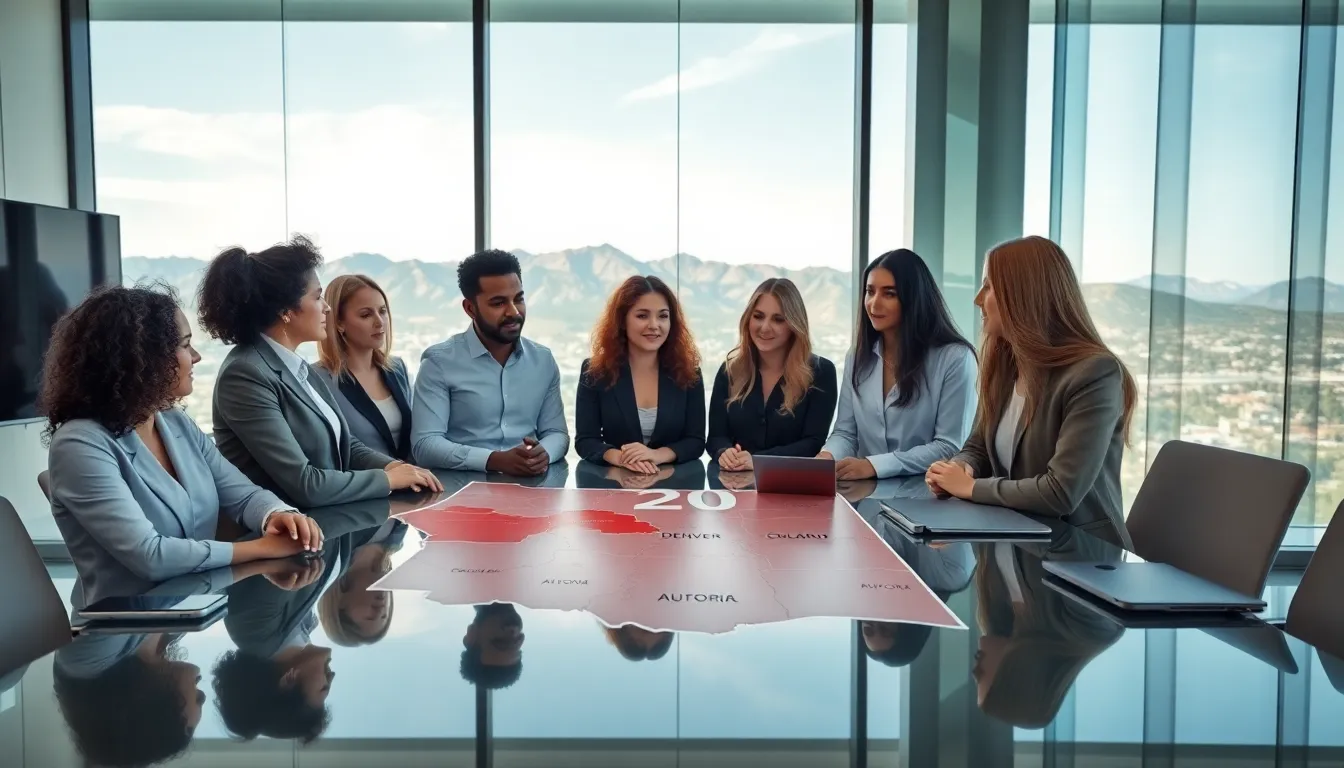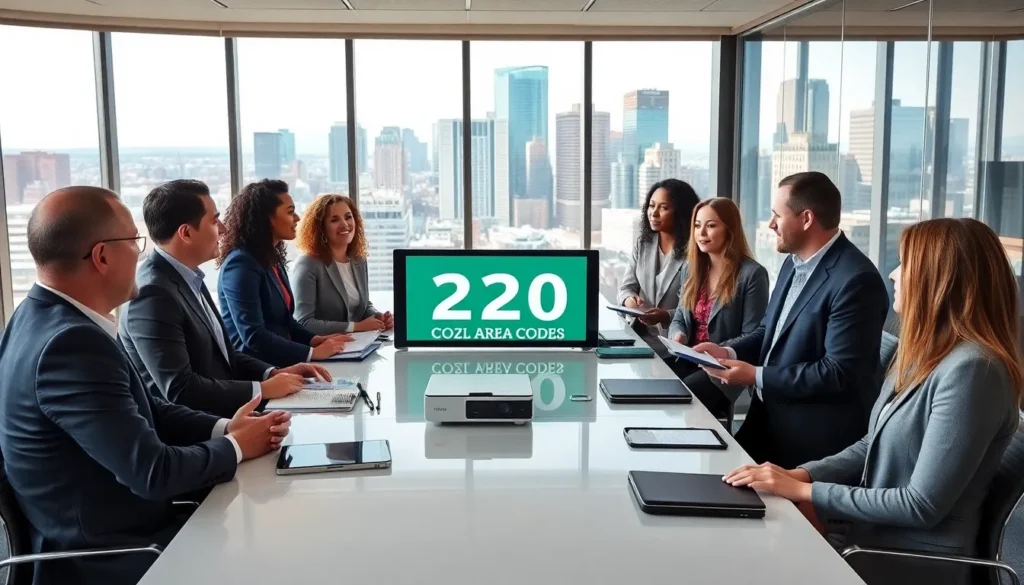Table of Contents
ToggleHave you ever stared at your phone, trying to decipher if that call you just missed was from a friend or a telemarketer? Welcome to the world of area codes. Area code 7207779807 isn’t just a string of numbers: it’s a gateway into a rich world of communication nuances. From understanding regional significance to identifying the caller’s intent, the area code plays a crucial role in our daily interactions. So, let’s unpack this mystery together and toss in some fun facts along the way, we promise it’ll be more entertaining than your last Zoom meeting.
7207779807

Area codes are not just arbitrary digits: they symbolize geographical regions and help our communication networks. The Origin of Area Code 720 takes us to 1988 when it was first introduced for Colorado. Specifically, it served the Denver area and surrounding communities, easing the burden of the rapidly growing population that needed more lines. This was a time when cell phones were more of a futuristic dream than a reality, making landlines the go-to source for conversation.
Geographic Region Covered by 720 reveals some intriguing aspects as well. Covering areas like Boulder, Aurora, and even parts of the picturesque Rocky Mountains, this code connects not just cities, but diverse cultures and lifestyles. These areas are known for their vibrant communities and breathtaking landscapes, making every call a little more special. You’re not just dialing a number: you’re connecting with the soul of Colorado.
How Area Codes Impact Communication
When someone calls you from area code 7207779807, it sparks the question: is this a local person or a faceless organization? Understanding the implications of area codes can transform how we perceive calls. Local versus Toll-Free Numbers becomes a significant factor here. While local numbers bring to mind personal connections, toll-free numbers, often beginning with 1-800, send different vibes. Since they’re commonly used by businesses for customer service, an incoming call from a toll-free number could mean more marketing than merriment.
Delving deeper into The Role of Area Codes in Caller Identification, we discover that area codes serve as an initial scanner of sorts when checking incoming calls. They help filter who to pick up and who to ignore. For example, a call from area code 720 might raise less suspicion compared to one from, say, a random 876 code that typically indicates international calls or scams. Eventually, area codes help create trust in our communication, grounding us in our community.
Exploring Common Misconceptions About Area Codes
Many people carry uncommon beliefs about area codes that deserve clarification. Changing Area Codes: Reasons and Implications can shine light on why these numbers sometimes evolve. Growth in population and changes in technology can create an urgent need for new area codes. Take 720 for example, it was introduced to alleviate a shortage in Denver’s 303 area. The implications? An adjustment period where folks must memorize new numbers, which can be quite the nuisance (or a delightful excuse to complain).
Looking forward, The Future of Area Codes in a Digital Age is a hot topic. As virtual communication surges, the relevance of area codes may shift dramatically. Innovations like VoIP and virtual phone numbers are making geography less significant than ever. The number you call might not even exist in a physical location. The idea of what an area code represents is evolving, who knew numbers could have an identity crisis?




